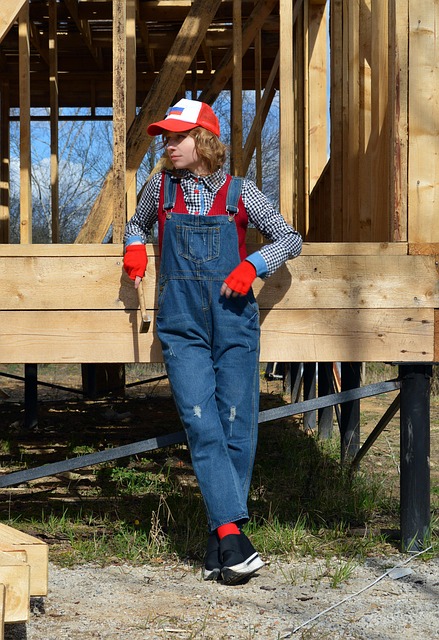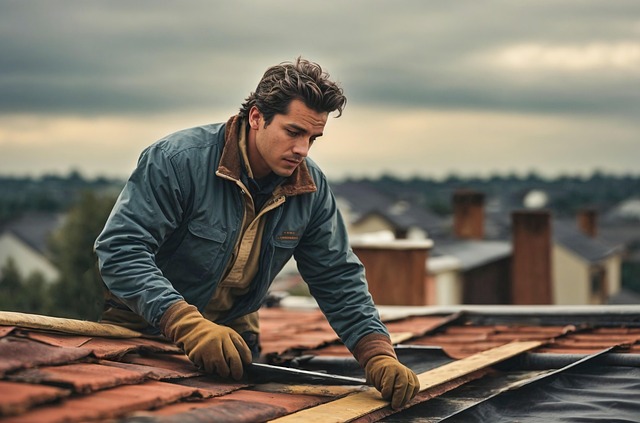Residential stem wall reinforcement is crucial for structural integrity in challenging soil conditions, addressing issues like uneven settling and damage from environmental factors. Proper reinforcement involves assessing weaknesses, using techniques like adding support beams or modern materials, and stabilizing homes to prevent further damage. Early detection of stem wall problems through regular inspections is key, as timely intervention by professionals minimizes severe structural damage. Effective methods include embedding steel rebar, installing exterior wall anchors, and using wall ties, tailored to each home's unique needs and climate. Post-repair, preventative measures like proper drainage and waterproof barriers ensure long-term stability and protection for residential foundation repair investments.
“Residential stem wall reinforcement is an essential aspect of home maintenance, addressing structural integrity in a unique and often overlooked area. This comprehensive guide delves into the intricacies of stem wall reinforcement, catering to homeowners seeking to fortify their residences. We explore common causes of stem wall failures, offering insights on identifying potential issues early.
From reinforcement methods to choosing the right techniques and understanding the process, this article covers all bases. Additionally, we emphasize preventative measures, ensuring your stem wall remains robust after repair, ultimately enhancing your home’s overall foundation stability.”
Understanding Residential Stem Wall Reinforcement: A Basic Overview

Residential stem wall reinforcement is a crucial aspect of residential foundation repair, addressing structural integrity and stability. Stem walls, also known as pile foundations or stem-and-shoring foundations, are commonly used in areas with weak soil or high water tables. Over time, these walls can settle unevenly or become damaged due to various environmental factors, creating structural issues within the home.
Understanding the basic principles of residential stem wall reinforcement is essential for homeowners and professionals alike. This involves evaluating the current condition of the stem walls, identifying potential weaknesses or damage, and implementing appropriate repair techniques. Common methods include adding support beams, replacing damaged sections with new concrete, or utilizing modern reinforcement materials designed to enhance structural capacity without extensive excavation. By ensuring proper stem wall reinforcement, homes can be stabilized, preventing further damage and promoting long-term durability in challenging soil conditions.
Common Causes of Stem Wall Failure in Residences

Stem wall failure in residences is a common issue that often requires residential foundation repair. Several factors contribute to this problem, with some being more prevalent than others. One of the primary causes is poor initial construction, where subpar materials or improper techniques lead to structural weaknesses over time. Inadequate drainage around the stem wall is another significant factor; water accumulation can erode the soil supporting the wall, causing it to shift and eventually collapse.
Another common cause is settlement or shifting of the soil due to changes in moisture content or underground conditions. Trees and large plants nearby can also exert pressure on the stem wall, especially during periods of rapid growth. These external forces can exacerbate existing cracks and weaknesses, compromising the structural integrity of the residential foundation repair over time.
Identifying Stem Wall Issues: Signs and Symptoms

Identifying stem wall issues is a crucial step in residential foundation repair. Signs and symptoms can vary, but watch for cracks in the walls, especially those that are wider than 0.25 inches or run in different directions. Tilted or uneven walls, doors that stick or swing on their hinges, and windows that are no longer level are also indicators of potential problems. Bulging walls, floors that feel unlevel, and visible gaps between walls and ceilings can point to significant structural damage.
Regular inspections are key to early detection. Homeowners should be vigilant for any unusual sounds, like creaking or groaning, coming from the walls. If you notice your appliances shifting or doors difficulty opening and closing, it might signal a stem wall in need of reinforcement. Timely intervention through professional residential foundation repair services can prevent more severe structural damage and costly renovations down the line.
Types of Reinforcement Methods for Residential Stem Walls

When it comes to reinforcing residential stem walls, several methods can be employed to ensure structural integrity and prevent future issues with residential foundation repair. One common approach is the use of steel reinforcement bars, also known as rebar, which are embedded in concrete during construction or as a retrofitting measure. This method provides exceptional strength and durability, making it ideal for both new builds and existing structures prone to settling or shifting.
Another effective technique involves using specialized wall anchors, such as helical or strip anchors, that are installed into the stem wall from the exterior. These anchors provide a secure connection point for bracing or tie-down hardware, helping to stabilize the wall against lateral forces like wind or seismic activity. For more severe cases of foundation issues, wall ties, either mechanical or structural, can be used to directly connect the stem wall to the adjacent foundation or footings, enhancing overall structural performance and minimizing the risk of residential foundation repair needs over time.
Choosing the Right Reinforcement Techniques for Your Home

When it comes to reinforcing a residential stem wall, understanding your home’s unique needs is crucial. Different structures require tailored approaches; what works for one might not be suitable for another. Factors like age, construction type, and local climate play significant roles in determining the best reinforcement techniques. For instance, older homes with traditional brick or stone foundations may demand different solutions compared to modern constructions featuring concrete slabs.
In the realm of residential foundation repair, professionals offer a spectrum of options. Steel reinforcement bars are commonly used for their strength and durability, while mesh systems provide uniform support. In some cases, carbon fiber wraps enhance existing walls, adding an extra layer of protection against potential shifts. Choosing the right method involves assessing structural integrity, budget considerations, and long-term goals for your home’s stability and longevity.
The Process of Reinforcing a Residential Stem Wall

When reinforcing a residential stem wall, the process begins with an assessment to identify any structural weaknesses or damage. Experts in residential foundation repair will carefully inspect the wall and surrounding area, using advanced techniques like moisture meters and load calculations to determine the best course of action. This could involve adding steel braces, reinforcing mesh, or installing new stem walls entirely, depending on the severity of the issue.
Next, the chosen reinforcement method is implemented with precision. For example, steel braces are securely fastened to the existing wall using concrete anchors, providing additional support and preventing further movement. Reinforcing mesh is woven into the cracks or gaps, enhancing structural integrity and promoting long-term stability. In some cases, new stem walls may be constructed alongside the existing one, ensuring a robust and secure foundation for the entire structure.
Preventative Measures: Maintaining Your Stem Wall After Repair

After a residential stem wall is repaired, implementing preventative measures is crucial for maintaining long-term stability and preventing future damage. Regular inspection should be at the top of your list; visually examine the wall and surrounding area for any signs of wear, cracks, or water damage. Early detection of issues allows for prompt action to prevent small problems from escalating into costly repairs.
One effective preventative measure is proper drainage. Ensure that rainwater is directed away from the stem wall by maintaining clear downspouts and gutters. Additionally, applying a waterproof barrier on the exterior of the wall can shield it from moisture, which is a primary cause of decay and damage. Regular cleaning and maintenance of these barriers will further safeguard your residential foundation repair investment.
